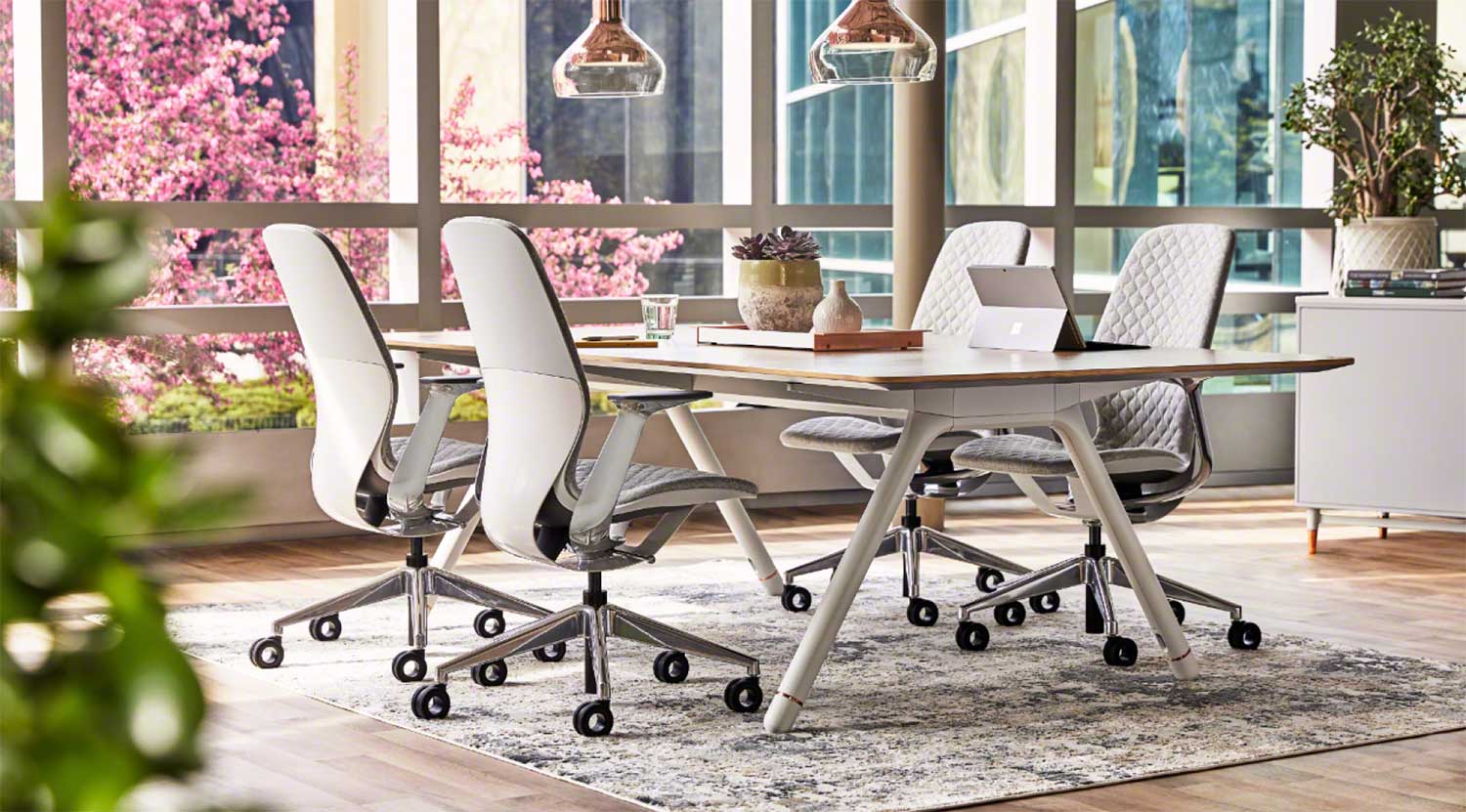When Steelcase revealed SILQ to the world, they revealed a chair that is unlike any other chair on the market. Where other chairs require the user to constantly adjust a complicated array of levers and dials in order to be comfortable, SILQ intuitively responds to the needs of the user. Where other chairs are often bulky and heavy, SILQ is made of lightweight materials fashioned into a sleek, elegant design. In other words, Steelcase hasn’t simply revealed a new office chair; they have revealed a next step toward the future of engineering and design.
Older office chairs were largely designed for a workplace in which every employee was sitting at the same station for the entire day. As a result, it wasn’t necessarily a problem that workers needed to make use of systems of complicated levers and dials in order to make many adjustments to their chairs, because they would probably only have to do this one time.
In today’s workplace, however, workers are constantly migrating between different workspaces and sitting in several different pieces of equipment throughout the day. With this change in the way we work, employees are forced to spend more time personalizing the settings of their chairs so that they can work comfortably. According to James Ludwig, vice president of Global Design & Engineering for Steelcase, these constant adjustments contribute to a culture of personalization that is becoming more and more stressful on the public.
“Personalization I think has gone so far as to actually become a cognitive burden,” Ludwig said. “Not only are there too many types of toothpaste, but there’s too many features on pretty much everything we use today.”
The design and engineering of SILQ seeks to alleviate this burden of active personalization in the workplace by creating a chair that does the work of personalization for you. SILQ features only one lever, which allows you to adjust for height. The materiality of the chair intuitively adjusts everything else to maximize your comfort. These intuitive adjustments are made possible through the use of carbon fiber. The flexibility and strength of this material allows it to form a cradle that will shift with your work style. As a result of this material, Steelcase has created a chair made up of 30 parts, whereas a typical task chair has more than 250. Carbon fiber, however, is a very high-end material, and Steelcase wants the future of the office chair to be available to everyone. This is why they made advancements in materials science and utilized a patent-pending process to create a new type of performance polymer that will function similarly to carbon fiber while being attainable to more clients.
Regardless of which of these two materials it is made of, SILQ represents a fundamental change in the way we will think about seating in the future. In the past, office chairs have functioned as machines that we have to calibrate to our specifications. SILQ, however, is more organism than machine, as it responds to our adjustments with minimal input.




